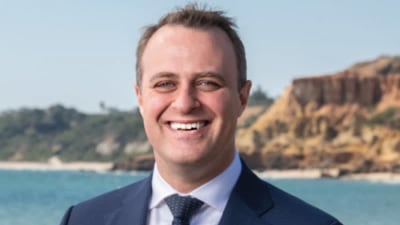Wall of cash could leave super system


The proposed introduction of the $1.6 million lifetime cap for superannuation could cause not-for-profit super funds to transition further towards being full-service financial services firms, according to Tria Investment Partners.
If the proposal in last week's Federal Budget becomes legislation, those with pension balances of more than $1.6 million at 1 July 2017 will have to roll the excess out of their untaxed pension account.
An analysis by Tria said most funds had hybrid or variable fee structures and relied on members with large account balances to subsidise low balance members (whales).
"This latest change will not only reduce the balances of the whales (and therefore the fees a fund can charge), it also creates a decision point for members — one that might spur them to go elsewhere in search of a more comprehensive solution," Tria partner, Oliver Hesketh, said.
For not-for-profit super funds that operated on the basis that by providing a super solution they could take care of members' retirement needs, the proposal will change the status quo for members with more than $1.6 million in retirement.
"We estimate 65,000 members will be caught up in the change — two-thirds of whom are self-managed super fund (SMSF) members. Many of these members will simply transfer assets back into the accumulation division of their current super fund. But this may well be a suboptimal outcome," Hesketh, said.
Tria said this could lead to around $23 billion of assets leaving the super system by 1 July 2017 — more than half the system's net inflow expected this year.
"Product providers of all persuasions should be targeting this new potential wall of cash. Not least of all, the not-for-profit funds who will still want to help their members' meet their retirement goals, an aspiration that may now involve the offering of non-super products," Hesketh said.
"The government might unwittingly have caused not-for-profit super funds to transition even further towards being full-service financial services firms. And as a result we can expect to see those funds targeting a greater share of their members' financial services ‘wallet'."
Recommended for you
Financial Services Council chief executive, Blake Briggs, is urging Minister for Financial Services, Stephen Jones, to take advantage of the QAR opportunity to reduce regulatory duplication and ensure advice is affordable.
Former chair of the House of Representatives’ Standing Economics Committee, Tim Wilson, is planning a return to politics after losing his seat in the 2022 federal election.
Morningstar is going to offer research ratings of funds in the $3.5 trillion superannuation sector for the first time in response to demand from financial advisers.
Treasurer Jim Chalmers has opened a consultation into the design of the annual superannuation performance test, canvassing views on a range of reform options.














